

Even with the momentum of development, researchers are still unable to find an answer to pure graphene batteries. They began creating a half-half battery of lithium and graphene. By expanding the level of graphene in the battery, developers could decrease the surface territory and thickness of batteries. Likewise, they can intensify the capacity of the tempest with the graphene, as well as increase the conductivity of the battery.

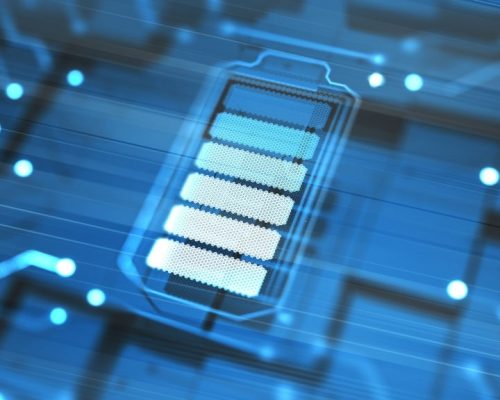
Adding graphene to batteries as an element impacts the exhibition and life span, and ir can either help uphold the electrode or as a composite for superior clarification.
Graphene can expand effectiveness as far as managing the need for particles. As a composite, it can help the battery overall by integrating conductivity and expanding capacity for particles.
Devices with screens typically use transparent conductors to functions, commonly built with indium tin oxide. However, the emergence of graphene has made way for innovation. In research conducted by Rice University experts, a thin film made from graphene has a high conductivity rate, making it a candidate to replace the indium tin oxide.
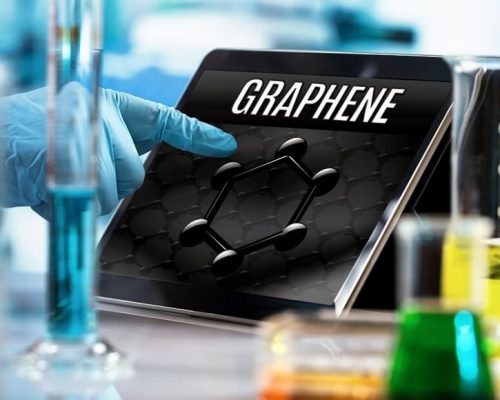
In June 2011, IBM analysts announced the plan of a fast graphene circuit. IBM created a working semiconductor with graphene. Despite the specialised difficulties, this graphene semiconductor worked at double the silicon semiconductor speed.
Even though development on copper surfaces has made mass assembling of huge region graphene layers conceivable, there are various difficulties to be managed, both on cost and quality before utilisation.
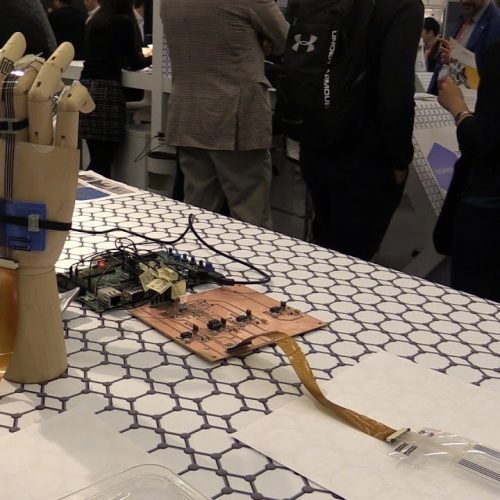
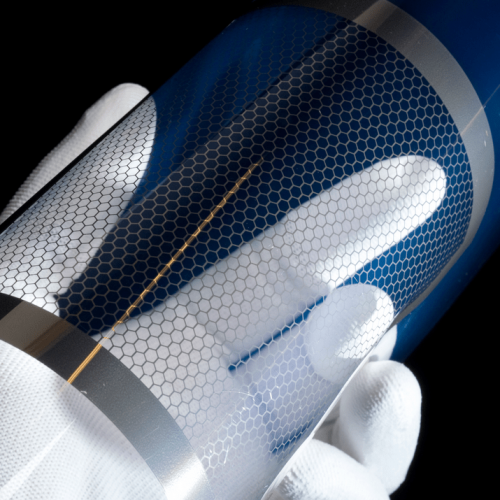
At first, graphene’s use enhances the quality and performance of existing materials significantly, but the development will also in conjunction with other two-dimensional materials (2D) in the future. There is a possibility of graphene’s incorporation into a wide variety of applications, and so it can also function as an alternative for silicon in electronics and integrated circuits. For electrical devices, graphene may be a key to a new type of energy-efficient transistor. Presently, the European Union has confirmed that it will allocate €1 billion for research projects. As a result, electronic devices will shift away from silicon, one of the materials that has defined our technology over the last 70 years.
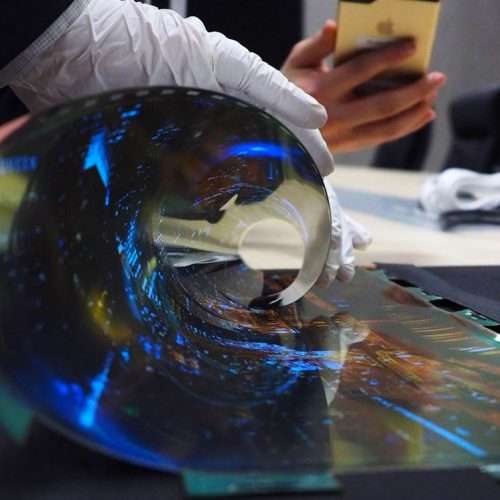
The properties exhibited by graphene has nominated the material as a supplement in the field of electronics. Furthermore, it can also build desirable superconductors for the development of high voltage lines.
A variety of electronic industries have already begun applying graphene in their products. In 2008, International Business Machine (IBM) announced one of its R&D experiments on graphene. The transistors’ development comparable silicon transistor speed can function at 26 GHz, a frequency that would approach 100 GHz and 300 GHz years later.
Graphene is a promising medium for new structures, circuits, and applications where several features can integrate into one material. It includes multiple beneficial properties, exceptionally high mechanical strength, relatively high electron mobility, and exceptional thermal conductivity. The applications of graphene in the different components of electronic devices are as follows:
The graphene film is a commercial commodity commonly used as a transparent conductor. It is widely present in computers, touch screen smartphones, and electrodes for solar cells and OLEDs.
It is a strong candidate for the replacement of indium tin oxide. This film surpasses indium tin oxides (ITO) and other existing materials with lower resistance and higher transparency to electrical current.
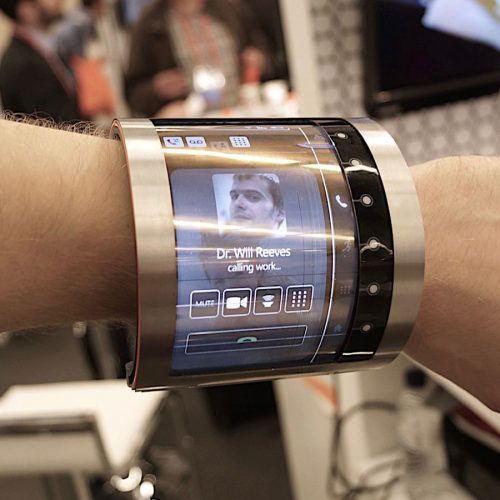
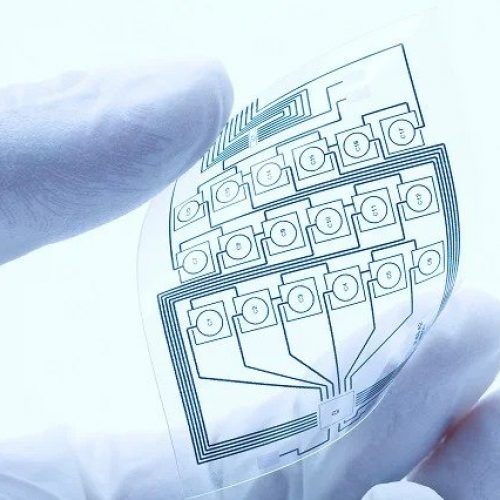
In 2010, IBM developed a working transistor with the use of graphene. It is a great accomplishment since graphene is not considered a traditional semiconductor. Despite the technological complexities, this first working graphene transistor doubled the comparable silicon transistor speed. Fortunately, IBM has overcome a variety of difficulties to make the technology a reality. While this is in the prototype stage, if IBM can commercially manufacture graphene transistors, it would transform the future of the electronic industry.
Graphene is creating new possibilities for much smaller and more powerful electronics. Soon, we will be able to live in a world where we can interact with high-speed devices and transfer data wirelessly at terabit order speeds per second. We will be able to live in a world full of unimaginative innovations.
The need for continuing research of marvelous devices is essential for the breakthrough of different technology. While graphene is emerging as a revolutionary technology, the use of silicon in electronics is irreplaceable. Both silicon and graphene have valuable properties and purposes.
Fill the form below: